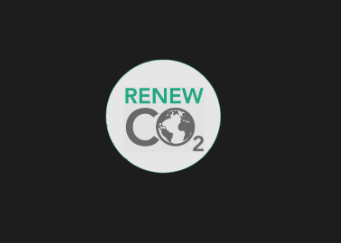Oklahoma City-based ammonia producer LSB Industries has hired Scott Bemis to Executive Vice President of Manufacturing following the retirement of John Burns, according to a news release.
Bemis joins LSB from Albemarle Energy Storage where he has served as the Kemerton Site Director since 2023 and as the Richburg MegaFlex Site Director from 2022 to 2023. He holds a Master of Business Administration from the University of Houston – Clear Lake, with a concentration in Management Information System (MIS) and a Bachelor of Science in Chemical Engineering from the University of Arizona.
Burns will remain with LSB during the transition.






